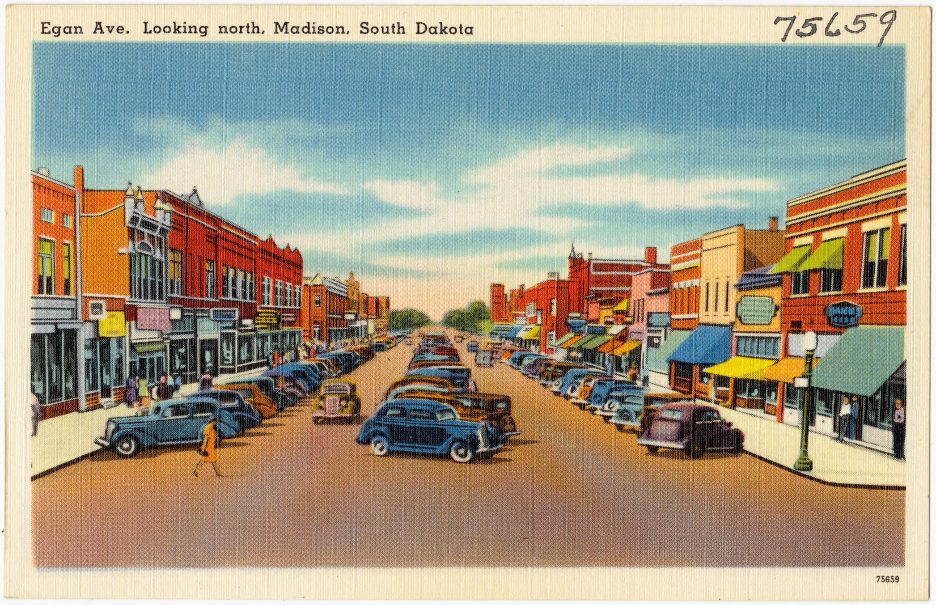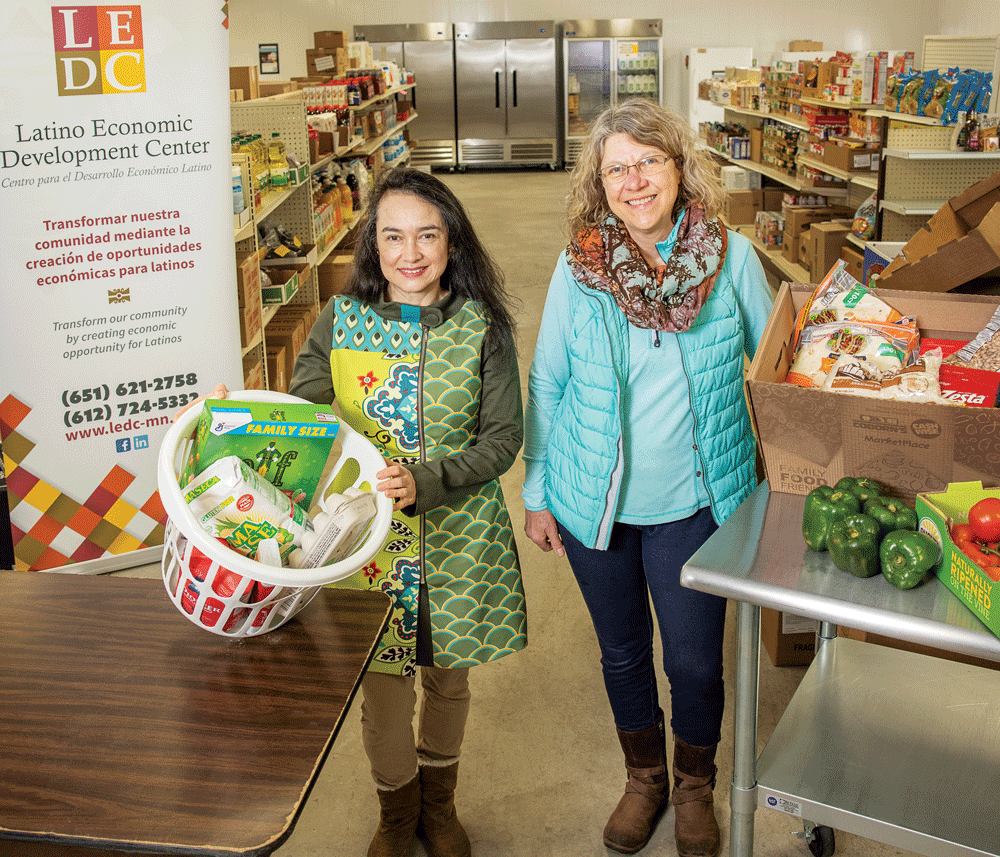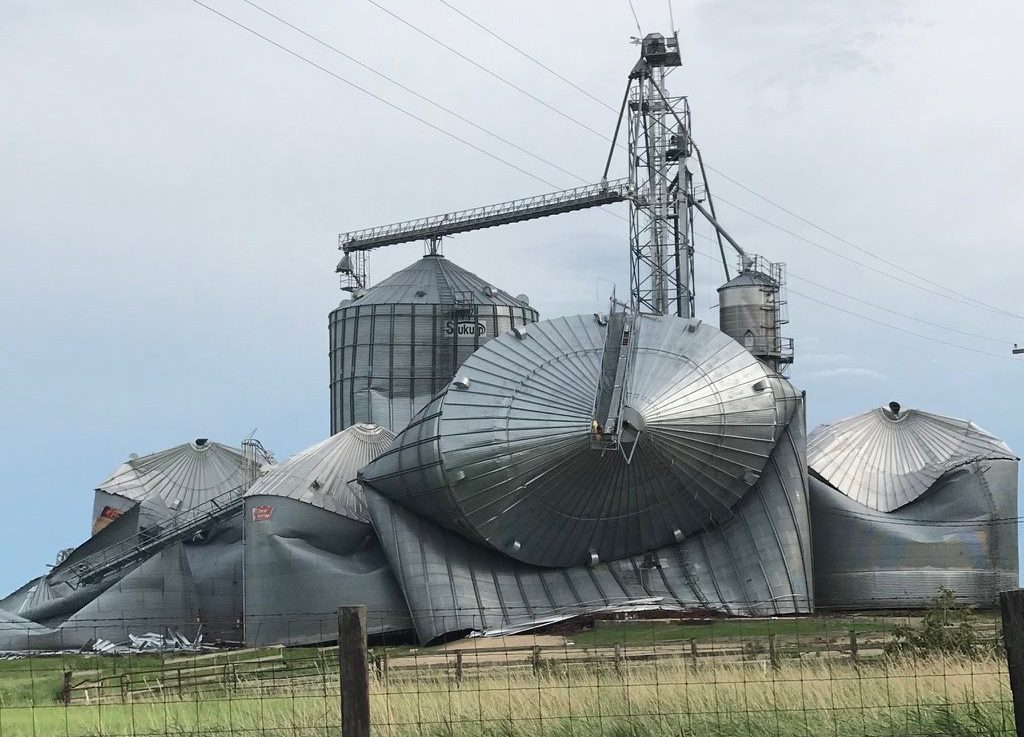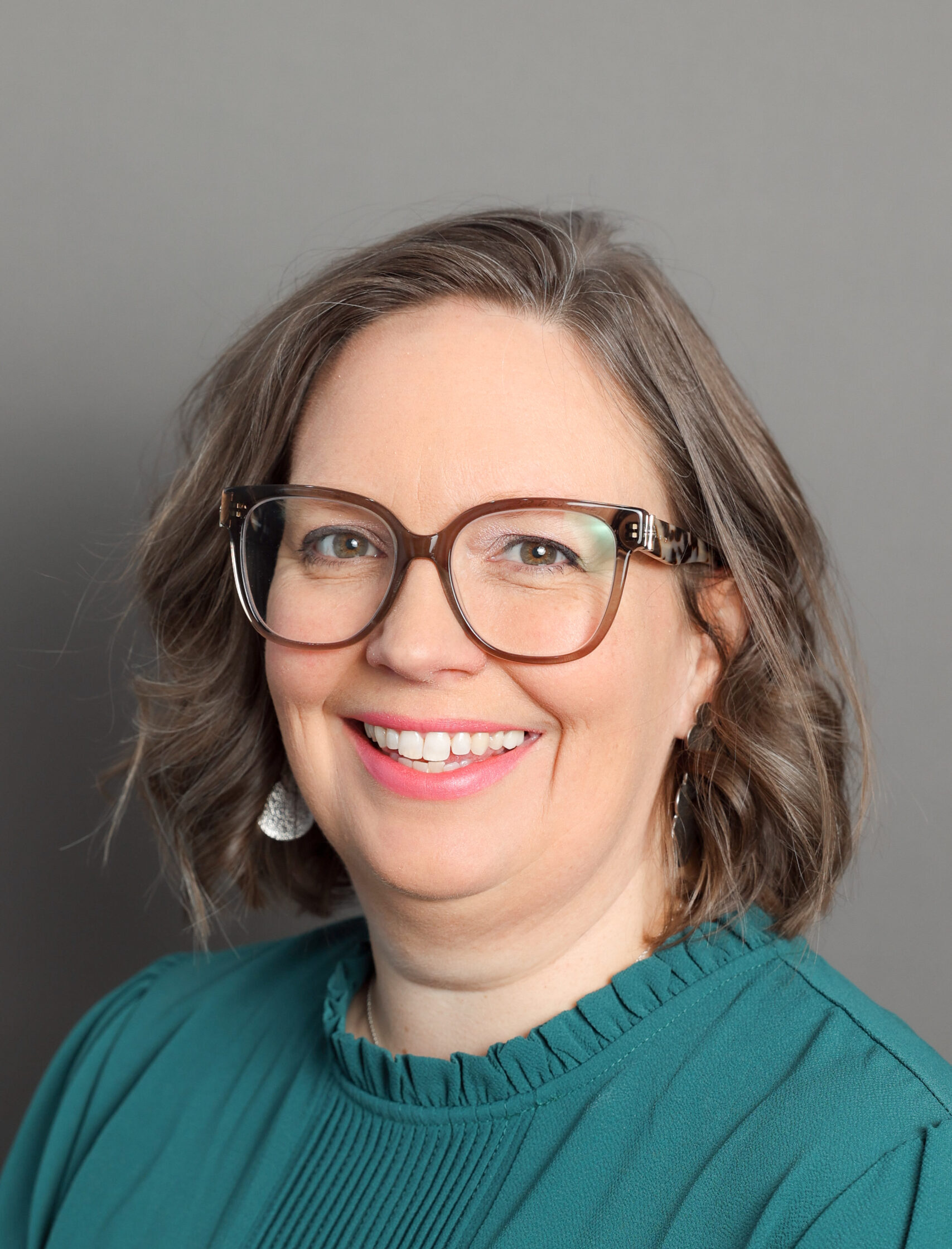Working and funding in rural spaces
I grew up in a community in Eastern South Dakota where the population was just over 6,000 the year I was born. The closest “big” city, Sioux Falls, was an hour away; but we generally had everything we needed – a hospital, university, grocery store and even one stoplight. Despite living within the city limits, […]

I grew up in a community in Eastern South Dakota where the population was just over 6,000 the year I was born. The closest “big” city, Sioux Falls, was an hour away; but we generally had everything we needed – a hospital, university, grocery store and even one stoplight.
Despite living within the city limits, my childhood was deeply connected to the farm. My father’s commute was 25 minutes north of “the farm.” We often visited my maternal and paternal grandparents on their farms within an hour’s drive, where we rode tractors, chased chickens and listened to conversations about the weather and the price of corn. I have a vivid memory of a walk down a gravel road to the top of a hill with Grandpa Sheldon, where he said something to the effect of “look at all the land you can see, we farm here, this is home and it’s our responsibility to care about and for it.”
We might disagree on the methods of caring about and for the land, but we can agree that the weather, climate and stewardship of natural resources significantly impact our everyday lives. And we can agree that the food grown and produced in and around our rural communities is vital to our countries economy, health and future.
With 20% of the country’s landmass and only 10% of the population, the Midwest Early Recovery Fund’s region is home to hundreds of small and/or rural communities that do not attract much public attention when affected by a disaster. As we consider how to support these areas and their disaster recovery needs, I want to offer three lessons from partners in these rural spaces:
Listen with your whole self and “take the tour.”
Engagement with individuals in rural spaces may require you to put aside timelines and schedules momentarily to listen fully and understand the community. On the surface, these communities may look and feel alike, but listening to each unique history and story will set the stage for partnership and build trust for whatever comes next.
We are proud of our communities and our culture and history. As you engage the community, take time to visit the local spots – go to the café, stay in the local bed and breakfast or motel. Allow community members to show you the challenges they’re trying to overcome; let them take you to the homes and spaces affected by the disaster.
Trust-building takes time. I have desperately missed the ability to do this during the past year because of COVID-19. Nothing can replace the in-person, community trust-building that is so important! Hopefully, soon, you’ll find me sipping coffee at some café or diner and taking the tour in a small town in Central Nebraska or Western Oklahoma.
Co-designed models and solutions are needed.
The scope and scale of our rural communities’ issues and challenges are different from urban areas. They require distinctive models and solutions that respect and represent the people of rural spaces.
Ideally, rural leaders design these solutions. Leadership in rural spaces can be more complex than in other spaces because leaders take on multiple roles in the community. It can be impossible to separate personal and social relationships with business, political or public positions. The community fire chief may also be the emergency manager, paramedic and baseball coach, and she may also preach on Sunday at a local church.
As a result, our practices that require multiple committees, coalitions or groups may not work in these spaces. We also need to readily acknowledge the strength of social capital and community/family networks in these spaces and build these strengths into co-designed plans and projects.
Come and help – but leave something behind.
As a funder who engages community only after a disaster and isn’t a trusted community member 365 days a year, part of the challenge I have to overcome is the feeling that I “helicoptered” in with outside ideas and left soon after.
I often think about my role in disaster recovery funding as engaging with communities to remind them they are not alone, listening deeply enough to provide the right resources at the right time and staying long enough to leave something behind.
Finally, I think the role is to raise a flag and remind us all that the diverse institutions, families and communities are worthy of recognition, attention and investment, especially as they face post-disaster challenges. I hope that what I leave behind is access to resources (funding, skills and information) and the capacity to engage other funders and/or other experts in the disaster recovery ecosystem.
As one of our partners once said, you come knowing you are going to leave – and we desperately need that help – but as you leave, leave something behind.
My hometown hasn’t grown or changed much since I left for college: My parents moved to the other side of town. They built a new elementary school and converted the three older elementary schools into housing and small business spaces. Since then, I’ve lived in cities with more than 7 million residents and as little as 200,000, and towns of similar size to the one I spent my childhood. My lived experience has taught me that rural America is diverse and complex.
I am just one of the millions who grew up in and lived in places that might be considered rural by one definition or another. I am a third-generation college student, descendant of homesteaders and landowners. Rural America is filled with leaders and individuals with great educations and skills. It is filled with hardworking, scrappy individuals who call these places home.
Rural America is also filled with historical and current inequities and systemic issues that lead to sharp disparities. I am working to understand how the actions and inactions of my ancestors brought about both good and evil. And with disasters’ impact, including the current COVID-19 pandemic, these disparities cause great concern. There are opportunities and challenges to working and living in rural places.
I hope that you’ll go with me into these communities and stay awhile.
More like this

COVID-19 provides myriad lessons in cultural navigation

